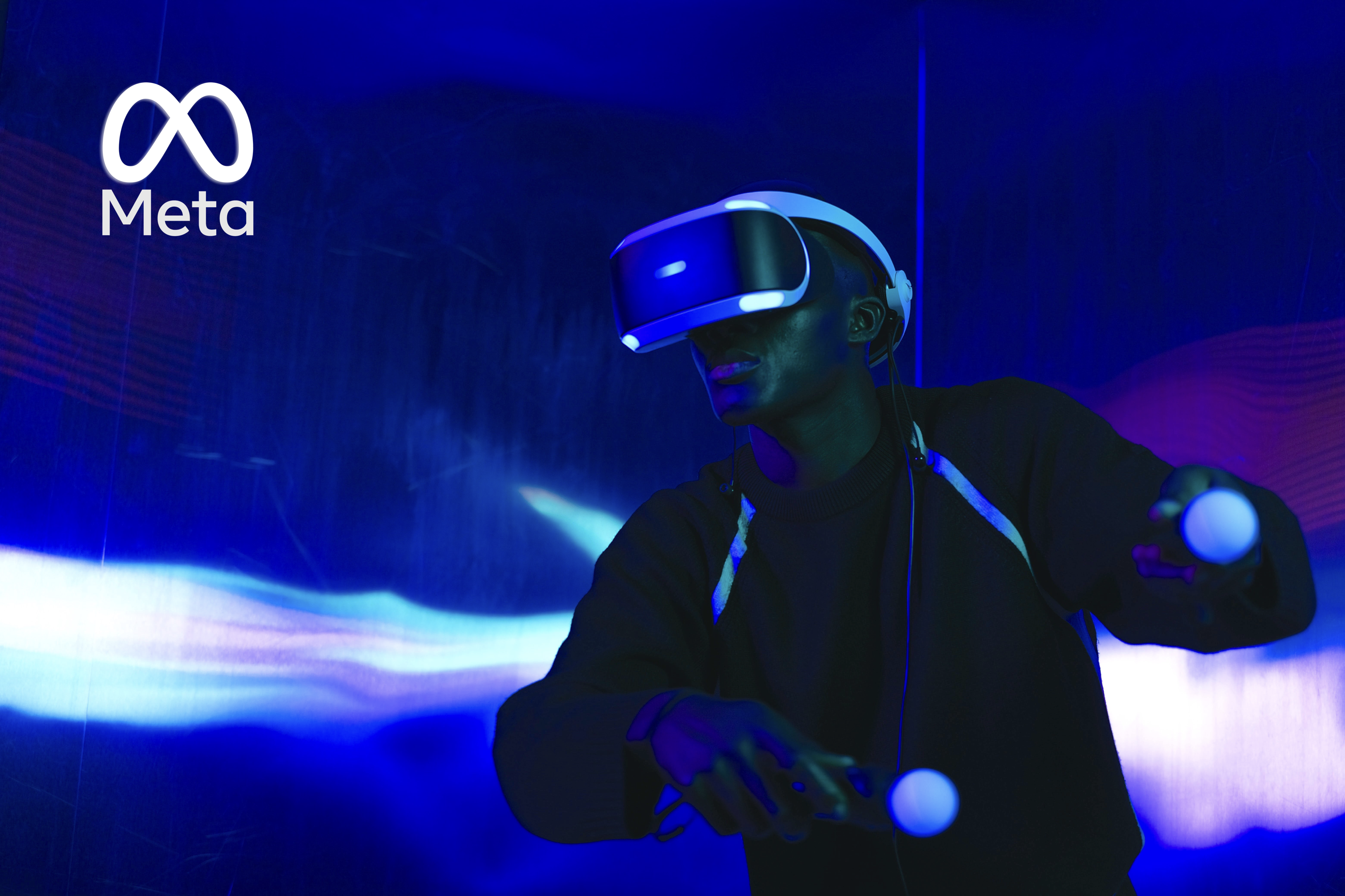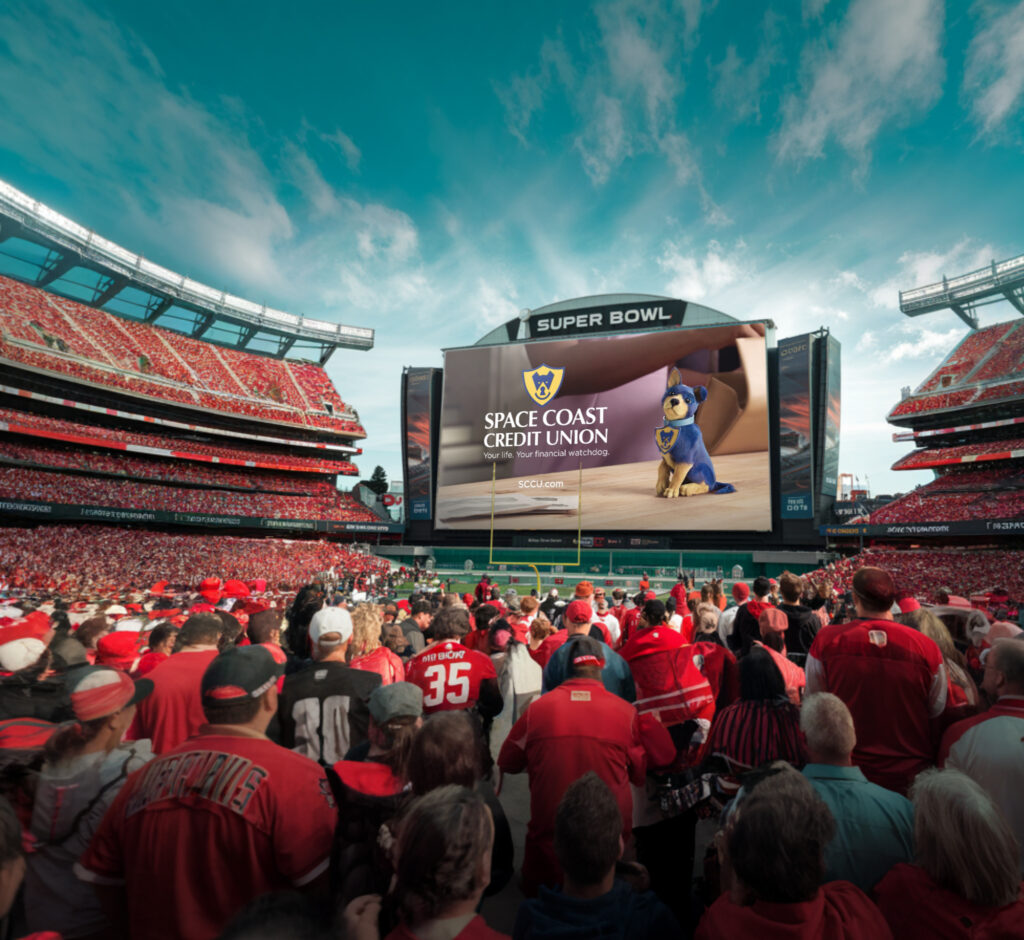
Welcome To The
Metaverse
By: Rebekah Bouch, Group Account Director
The Metaverse.
It has certainly become the buzzword of late. Leaving many marketers wondering, what is the Metaverse really? And how can I participate in it?
The metaverse is defined as a virtual-reality space in which users can interact with a computer-generated environment and other users. In short, it is a 3D, immersive representation of the internet. It all seems very science fiction – the vision of putting on a virtual reality headset and disappearing into a unique world. But we’re not there yet and may not be for some time.
In actuality, the metaverse is not that complicated. At least, not yet.
There are a few key areas we can break down to better understand the current metaverse – what it is and what we can expect from it in the future.
THE FRAMEWORK OF THE METAVERSE HAS EXISTED FOR YEARS
Here’s the good news for those of you scratching your heads. Many aspects of the metaverse aren’t actually new. Did you know there was a massive online virtual community that started almost 20 years ago and still exists today? It’s true. It’s called World of Warcraft. The gaming community has been forming pocket virtual communities and economies as a precursor to the Metaverse for many years now. Everyone else is just getting caught up. If you use social media, you are also a part of a virtual community too.
In these areas we find the building blocks of the metaverse. Many of us have been a part of it for some time. Think of the current metaverse and what we expect it to be in the future as just an evolution of existing constructs, rather than something entirely new. More of a rebranding than a new product, if you will.
That said, there are some new developments that have led to all the excitement around the metaverse and increased attention from the public and brands.
THE METAVERSE IS NOT ONE THING
The grand idea of the metaverse is it will have us all putting on virtual reality headsets and disappearing into a connected digital world where we can go from one activity to the next with no friction. Sounds great but it’s not exactly the current reality. For starters, companies currently have no incentive to work together on a large scale to create this utopia. Why would a company who is making money from a consumer willingly turn that consumer over to another platform to spend their money elsewhere? The other major issue with the metaverse becoming a singular entity is computing power. Even the most modern top-of-the-line computer is currently not powerful enough to make that happen.
As a result, the metaverse currently exists in many different ways on many different platforms and it can be accessed through a variety of methods.
Gamers continue to interact with the metaverse across numerous platforms with increasing sophistication. More and more, video games are moving toward an open world sandbox environment with full in-game economies. This is a piece of the metaverse.
Virtual environments for accessing the metaverse outside of a video game have also emerged. In these communities, consumers can interact with others, buy and sell virtual goods and property, and more.
Virtual reality (VR) technology has come forward in leaps and bounds in recent years. While the technology is still rather expensive and not widely adopted, this is increasingly a way consumers are interacting with media content and accessing the metaverse.
And let’s not forget the mighty smartphone. You can’t throw a stone these days without hitting someone who has a smartphone in their pocket. Most current smartphones include features that incorporate augmented reality (AR) technology. This creates the opportunity for consumers to access the metaverse from anywhere with little-to-no barrier to entry.
THE DEVELOPMENT OF OTHER EMERGING TECHNOLOGIES WILL SHAPE HOW THE METAVERSE EVOLVES
If you’re invested in following the evolution of the metaverse, there are a few other emerging technologies to keep an eye on, as you can be sure their development will change how the metaverse, in turn, develops.
VR Technology: VR tech has come a long way in recent years. If you’ve never tried a modern VR headset, it’s a pretty unbelievable experience. That said, VR headsets are still on the pricey side for the average consumer, so the technology is not yet widely adopted. As a result, a lot of interactions with the metaverse currently exist more in AR through more traditional access on computers and smartphones. As VR production ramps up, the hope is that the cost will come down. If and when that happens, VR access to the metaverse will increase significantly.
Non-Fungible Tokens (NFTs): NFTs are tokens that exist on a blockchain. They can’t be duplicated or replicated. Their importance to the metaverse lies in their potential to allow the transfer of consumer-owned items across communities. For example, if you purchase a new outfit for your avatar in one virtual community, an NFT could, in theory, allow you to use that same outfit on other avatars you have in other communities across the metaverse. It’s your proof of ownership. NFTs have many issues that still need to be worked out but if we can work past that, they could become a huge steppingstone for a more highly integrated metaverse.
Computing Technology: Current computing technology is not powerful enough to make a large-scale integrated metaverse work. Could that change in the future? Sure. But how long will that take? Who knows? Developing a metaverse to that scale would take very sophisticated technology. How quickly that technology evolves will change how quickly the metaverse evolves.
Web3: This warrants a whole separate conversation unto itself. If you’re not familiar with Web3, the short version is it’s the third generation of the internet built around blockchain technology with the goal of decentralizing the web and giving ownership of content back to consumers, in contrast with Web 2.0 (the version of the internet we know today) where control of the web is centralized around a handful of large companies.
The decentralization (or lack thereof) of the internet will significantly impact the development of the metaverse because it will create new opportunities for people to carve out their own section of the metaverse and leverage it for revenue, rather than all control and revenue being funneled into Big Tech.
WHAT YOU NEED TO KNOW AS A BRAND
With the metaverse existing currently in many ways across platforms, how do brands best use it to reach consumers? That answer comes with strategically evaluating each platform to learn in which corner of the metaverse your target audience lives.
A key point to understand is consumers aren’t currently using the metaverse as a replacement for everyday life. Rather, they are using it as an enhancement. That understanding should lead to strategic thinking about how your brand’s existence in the metaverse can improve the lives of the consumers you’re trying to reach overall. Think of it as just another touchpoint with similar goals and purposes as your real-world interactions, but with the opportunity to be much more creative.
FOR EXAMPLE:
A fashion brand could use the metaverse to create a virtual showroom for consumers to enhance the online shopping experience, giving the customer the opportunity to fully view and try on an item before purchasing it in a way that can’t be done with traditional online shopping.
A furniture company could do something similar with allowing consumers to see a piece of furniture in their space or fully decorate a room before purchase.
Meeting planners could virtually tour a meeting space in a way that makes it feel like they are physically in the space without leaving their office, allowing them to make a quicker decision on booking a meeting with a venue.
A restaurant could set up a fun activation that includes a creative way of engaging with consumers in exchange for a coupon for a real-world meal.
The possibilities are endless. The metaverse is a 3D extension of the physical world, which means it isn’t defined by the laws of physics.
So, be inspired. Get creative. And welcome to the metaverse.






